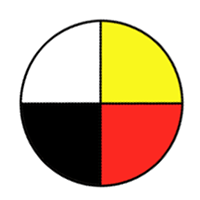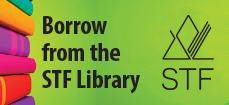Determine how healthy snacking practices influence personal health.
| (a) |
Develop a common understanding and use of respectful language used to talk about snacking (e.g., diet, food, preferences, likes/ dislikes, energy, healthy/unhealthy, sugar, portions). |
| (b) |
Investigate the role food and water play in being healthy (e.g., food - energy; vitamins - growth; water - 2/3 of one's body composition, regulates body temperature, eliminates waste). |
| (c) |
Discuss how to determine if a snack is healthy/unhealthy (e.g., reflect on what is known, gather information). |
| (d) |
Examine, sample, and describe (i.e., taste, look, smell, feel, sound) a variety of healthy snacks. |
| (e) |
Investigate benefits of healthy snacking (including but not limited to growth and development, increased concentration, healthy weight, improved oral health). |
| (f) |
Illustrate how healthy snacking provides sustained energy throughout the day. |
| (g) |
Examine why people choose particular snacks (e.g., culture, cost, preference, availability, media). |
| (h) |
Recognize a variety of snacking patterns (e.g., three meals/day with a few snacks, times of day/night for snacking). |
| (i) |
Examine personal preferences for snacking (e.g., class survey). |










